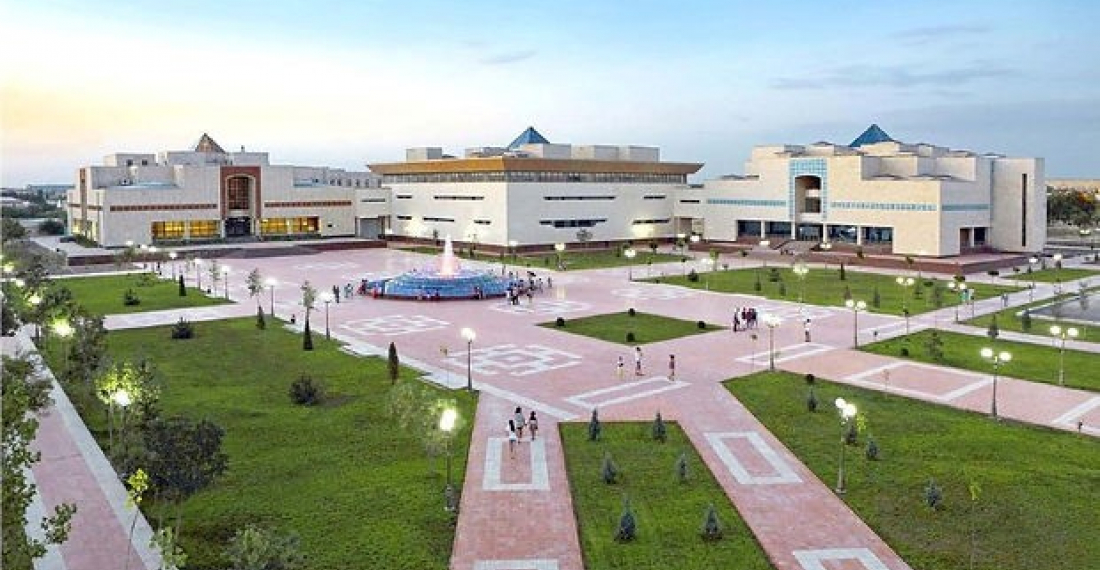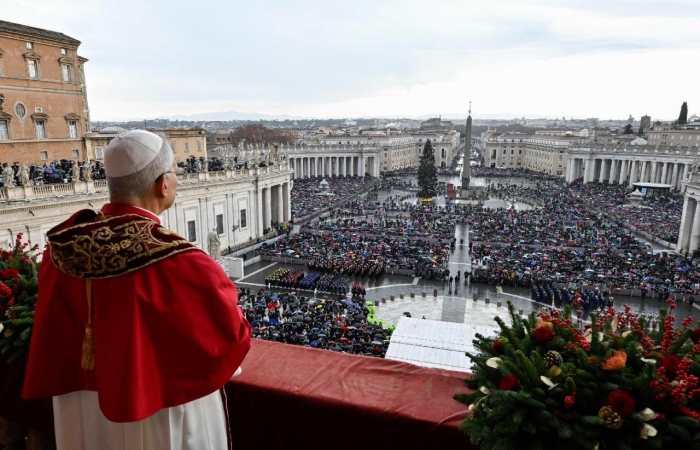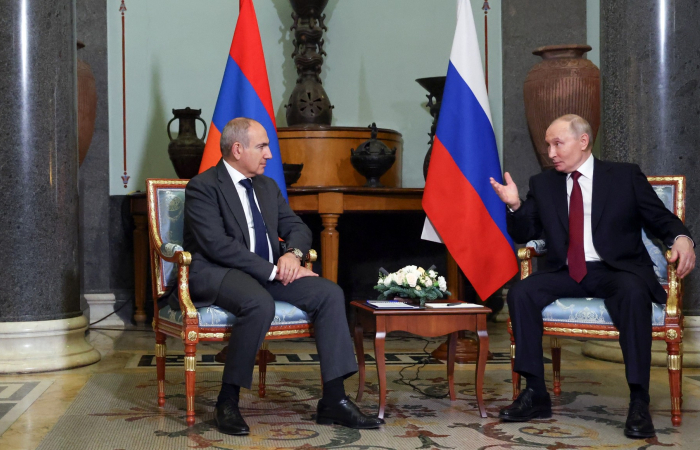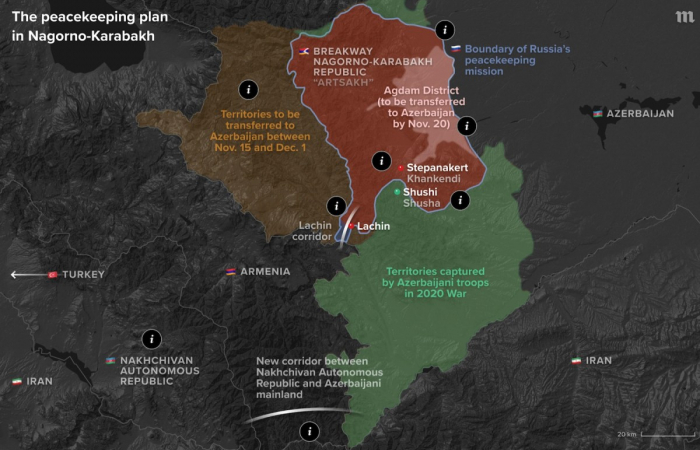Two weeks after violent protests rocked Uzbekistan’s Karakalpakstan region, speculation continues about who was behind the turmoil that appeared to take officials in the capital, Tashkent, completely by surprise. This despite the fact that the reasons that triggered the unrest appear to be clear, namely proposed constitutional changes that promised to weaken the autonomy of the region, which occupies a territory, of 166,590 sq kms, and has a population of 1.9 million.
Official reports say that 18 civilians were killed during the protests, 94 hospitalised, and hundreds more injured.
The Uzbek Government has blamed unspecified foreign forces for being behind the unrest. Uzbekistan is a tightly managed country, where such unrest is by and large unheard of, and where the only country that has the potential to provoke such wide-spread disturbances is Russia, given its longstanding and deep rooted influence in Central Asia. Some Uzbek diplomats in Europe have been briefing that the disturbances were part of a planned “colour revolution”, although they did not quite explain what they meant by that. Uzbekistan is known to have been under considerable pressure from Moscow in recent years to join Russia-led regional structures, such as the Eurasian Economic Union and the CSTO military alliance, but president Shavkat Mirziyoyev has so far resisted the pressure. Across the Central Asian region local governments have recently shown they were concerned by the overdependence of their countries on Russia, and have been seeking closer co-operation with China, the Gulf States, the US and the EU among others.
Propping up separatist movements is a tactic that Moscow has used shamelessly and successfully since the collapse of the Soviet Union in the former Soviet republics in Eastern Europe and the Caucasus, as a way of exerting pressure and keeping their western oriented governments in check. Some observers feel that the same playbook is now being used in Central Asia.
On the other hand the discontent with the proposed constitutional changes appears to have been widespread and most protestors were intent on a peaceful protest. Economic grievances could also have added to the appearance of large numbers at the protests. But it could also be that what started as a peaceful protest could have also been hijacked by others with a more sinister agenda, which may explain some of the looting and violence that ensued.
Speaking to the country’s parliament last week, Uzbek President Mirziyoyev said that the constitutional amendments were proposals that had been submitted for public discussion and would in any case have to be adopted in a referendum. But he made it clear that the changes as far as Karakalpakstan were concerned were now being withdrawn. “I believe in the wisdom of the people of Karakalpakstan, hardened in the trials of life. I urge them to show prudence, not to yield to provocations, including those of external hostile forces and movements, and not to become their victims”, he said.
Uzbekistan’s Ambassador to Kazakhstan Saidikram Niyazhojayev briefed journalists on July 8 on the disturbances. Niyazhojayev said it was an “attempt to undermine constitutional order, territorial integrity and unity of the Republic of Uzbekistan.” “The riots were organized with the assistance of external forces. The events were not accidental and had been prepared in advance. These unlawful actions had obvious signs of pre-planned sabotage aimed at fomenting separatism, destabilizing and splitting the peaceful united democratic country,” said Niyazhojayev.
Uzbek diplomats in Europe have also been briefing that the disturbances were part of a planned “colour revolution”, although they did not quite explain what they meant by that.
Background
Under the Soviet system many of the 15 Union Republics of the USSR, of which Uzbekistan was one, also incorporated within them a number of autonomous republics, regions or districts. Karakalpakstan, located in northwestern Uzbekistan was in 1936 incorporated into the Uzbek SSR as an autonomous republic. Today, it is the largest region of Uzbekistan and retains its own state symbols, constitution, government and parliament.
Under the current provisions of the Uzbek constitution, Karakalpakstan is an autonomous republic with veto power concerning any decisions that would affect its status. But more significantly it has a legal right to hold a referendum on secession from Uzbekistan. Under the provisions of the new constitution currently under discussion in Uzbekistan Karakalpakstan’s autonomy was to be increasingly weakened, and the right of secession cancelled.
The news was poorly received in Karakalpakstan and led to widespread protests. In Nukus, the capital of the region, thousands gathered outside the farmer’s bazaar. The protestors then moved towards the legislative council where they were met with force. While there is little knowledge surrounding what caused the clashes, video footage showed authorities using water cannons, stun grenades, as well as smoke grenades.
Despite its low population density and desert terrain, Karakalpakstan has large reserves of natural resources and hosts a major gas pipeline system. The Uzbek government is very wary of secession, and is eager to eliminate its threat. Karakalpakstan, on the other hand, has called for referendums on its status before, but it remains for now largely dependent on Tashkent.
On 3 July, President Mirziyoyev made a statement to dissuade continuing protests, saying “Calls for separatism and mass riots will be firmly crushed in line with the current legislation. Those responsible for this will suffer inevitable punishment.” Moreover, a state of emergency was introduced in the republic that is set to remain in place until 2 August. According to President Mirziyoyev, this was to "ensure the security of citizens, defend their rights and freedoms and restore the rule of law and order". The Internet is also down and local news agencies have reportedly been warned not to report on the protests.
According to figures provided by authorities within Uzbekistan, 18 civilians were killed, 94 were hospitalised, 205 were injured, and 516 were detained.
Mirziyoyev succeeded autocratic president Islam Kerimov in 2016, and has since been slowly trying to implement much needed reforms in both the political and the economic spheres. This year he won the election for a second term. The incidents in Karakalpakstan are probably the most serious challenge to his presidency so far. In a move that is seen as attempt to distance himself from the original decision to include restricting Karakalpakstan autonomy in the original package of constitutional amendments, Mirziyoyev last week fired his chief of staff. The swift decision to rescind the new constitutional changes as regards Karakalpakstan's autonomy was welcomed in the international community.
EU sees Uzbekistan as an important partner
The incidents in Karakakpakstan were closely watched by Uzbekistan’s neighbours and the wider international community. In a statement on July 4th, the European Union called “for an open and independent investigation into the violent events in Karakalpakstan following the publication of the proposed amendments to Uzbekistan’s Constitution. We deeply regret the casualties and loss of human life and continue to follow developments closely.”
The statement added, “We acknowledge the steps taken by President Mirziyoyev to respond quickly to public concerns over the proposed constitutional amendments. We call on all sides to show restraint in their actions, with a view to avoiding any escalation or further violence. The European Union urges the authorities to guarantee human rights, including the fundamental rights to freedom of expression and freedom of assembly, in line with Uzbekistan’s international commitments.
The European Union has a strong and growing partnership with Uzbekistan. We remain committed to supporting Uzbekistan’s reform efforts, and call for it to continue this process in consultation with citizens and stakeholders, based on international norms and best practices.”
The incidents came just a few days before Uzbekistan and the EU initialled a new Enhanced Partnership and Cooperation Agreement (EPCA). According to the EU, the EPCA will provide a new, modern and ambitious framework to step up the EU-Uzbekistan partnership. The agreement includes new areas of cooperation and significantly upgrades the regulatory framework for trade and economic relations.






